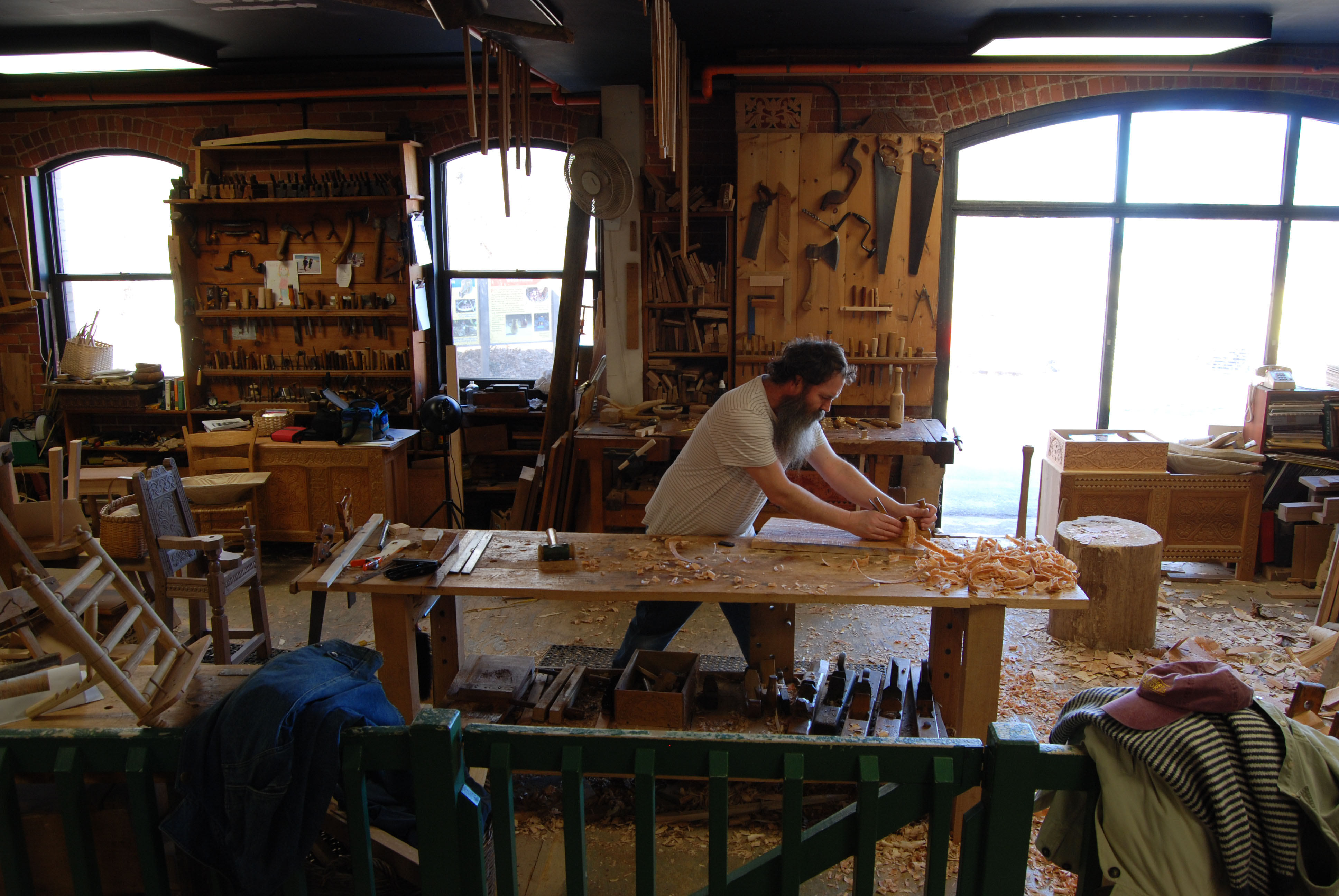Square_peg
Gold Member
- Joined
- Feb 1, 2012
- Messages
- 13,836
Good informative discussion, guys. Kudos.
The BladeForums.com 2024 Traditional Knife is ready to order! See this thread for details:
https://www.bladeforums.com/threads/bladeforums-2024-traditional-knife.2003187/
Price is $300 $250 ea (shipped within CONUS). If you live outside the US, I will contact you after your order for extra shipping charges.
Order here: https://www.bladeforums.com/help/2024-traditional/ - Order as many as you like, we have plenty.
The paper is not about drying lumber (green to dry). It's about shrinking and swelling of already "dried" lumber. That movement is not taken directly from Appendix III. An Appendix III value is only a relative factor used to calculate that movement.. . .Yes, the paper is saying roughly what I am saying - that the green to dry figures (which ironically are listed in their appendix III). . .
Whoooh. We were on to wedges at one time. Sure they'll want to move to some degree due to humidity but when you figure they're only 3/16 to 1/4 inch thick just how much (or how little) is that? Could be that Yellow Poplar is traditionally used for wedges because it remains springy despite being thoroughly compressed when it's driven in.
Yeah, if it moved 2% from summer to winter that would only be 0.005" on a 1/4" wedge.
I just made some beech wedges yesterday for a Hudson Bay rehang I'll do soon. I wonder now if I ought to scare up a bit of poplar insteadI think you may be right about the springiness.
One decent suggestion that was made on this forum awhile back was to use wedges of a material that is softer than the hickory (or whatever) haft itself. Old_Axeman himself (if I recall) was on side in this regard although I think he's also a fan of Poplar. Walnut, cherry, soft maple and whole bunch of others fall under this category if you're insistent about using a hardwood. Much as folks tell me otherwise I have personally always used hard wood wedges (made thinner than those you get from the store) and have never managed to split an axe head or deform an eye because of wedging action. Sock the oil to the hang once your done and keep oiling the eye whenever you get a chance. If you can displace the air voids in the wood then it cannot move very much anymore after.
You may be surprised by searching "green woodworking".. . .Yes, there is one specialized application in the entirety of the furniture trade over the centuries of history of making furniture. . .


You may be surprised by searching "green woodworking".
These videos may not be you cup of tea, but others may find them interesting. Good information on wood grain and a wee bit of axe work in them:
"THE WOODWRIGHT'S SHOP
Paneled Chest with Peter Follansbee
A master joiner shows Roy Underhill how to make and fit the beveled panels and storage till into a framed chest from the Pilgrim era."
pt 1 http://www.pbs.org/video/2365021510/
pt 2 http://www.pbs.org/video/2365079634/
Bob
I think it would be useful to define "green woodworking".Ok, had time to watch the first one. Not green woodworking. . .
. . .
It did not appear to me that he was riving green either. . .
I think it would be useful to define "green woodworking".
First, I would define "dry" wood (YMMV) as wood that has lost all of its free water and the bound water has come into equilibrium with the relative humidity of the air surrounding it.
So, I would think of "green wood" as not "dry".
[\QUOTE]
Yes, in the woodworking and lumber businesses, "green" is taken to mean wet to the touch, with ample free water - like what you see them riving in that video. In construction lumber (as opposed to hardwood used for furniture and cabinets) it is also sometimes sold as "surface dry" which I would guess is +15% emc by quite a bit, but not damp feeling.
Hardwood lumber is rarely sold green - almost always kiln dried to less than 9% emc. That is "dry".
He does rive from freshly cut logs.
Another video in which it is quite clear about the wood.
[video=youtube;x_BGZHP6r2E]https://www.youtube.com/watch?v=x_BGZHP6r2E[/video]
Bob
The green work is limited to riving and scrub planing, that vid was more clear about it. I'm still not certain that they were riving green stuff in the first one - notice how much darker in color the wood was in this vid compared to the first? A minor point however.
Those twig chairs and windsors are assembled green IIRC, using the shrinkage of some parts to wedge others in tight. That is what I refer to as green woodworking, because the parts are assembled in a green state and allowed to dry as an assembly. Even the windsor chair doesn't take it to quite that extent - I think just the seat is green, the spindles are all dry.
Not entirely, the mortice and tenons are cut, drawbored and assembled in the still "green" state.. . .
The green work is limited to riving and scrub planing. . . .

Not entirely, the mortice and tenons are cut, drawbored and assembled in the still "green" state.
Result:

"I mark out the joint with a mortise gauge, awl, and square, then chop the mortise with a chisel and mallet. Maybe some work with a paring chisel afterwards to clean up the insides of the mortise a bit...not too tidy though. Green wood cuts the easiest. A little drying beforehand is not a bad thing, but its still wet inside."
Bob
Peter Follansbee' blog: https://pfollansbee.wordpress.com/
Jennie Alexander: http://www.greenwoodworking.com/Home
Undoubtedly with kiln dried sawn stock, power tools, and lots of sandpaper.. . .I was out in the shop making a handle for my S&N Hudson Bay axe!
Undoubtedly with kiln dried sawn stock, power tools, and lots of sandpaper.
Bob
